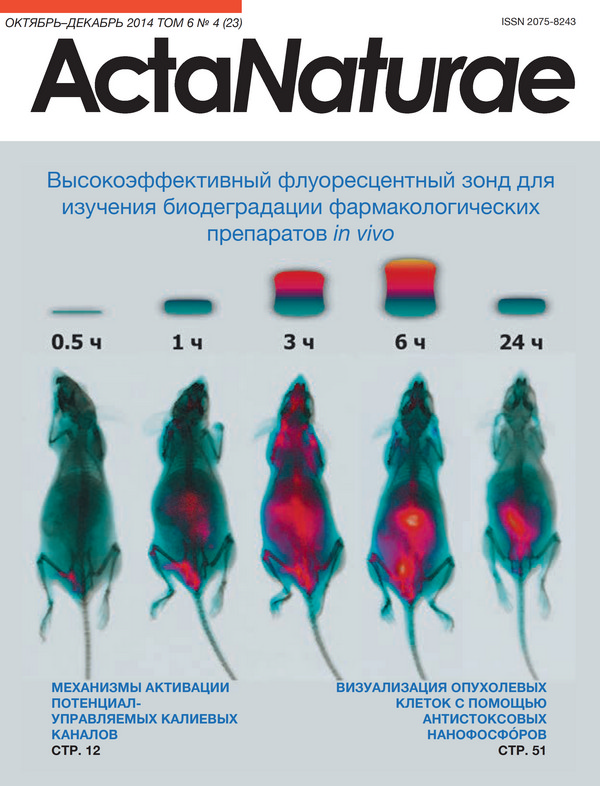Human SLURP-1 and SLURP-2 Proteins Acting on Nicotinic Acetylcholine Receptors Reduce Proliferation of Human Colorectal Adenocarcinoma HT-29 Cells
- Authors: Lyukmanova E.N.1,2, Shulepko M.A.1,2, Bychkov M.L.1,2, Shenkarev Z.O.1,2, Paramonov A.S.1,2, Chugunov A.O.1,2, Arseniev A.S.1,3, Dolgikh D.A.1,2, Kirpichnikov M.P.1,2
-
Affiliations:
- Shemyakin and Ovchinnikov Institute of Bioorganic Chemistry
- Lomonosov Moscow State University
- Moscow Institute of Physics and Technology (State University)
- Issue: Vol 6, No 4 (2014)
- Pages: 60-66
- Section: Research Articles
- Submitted: 17.01.2020
- Published: 15.12.2014
- URL: https://actanaturae.ru/2075-8251/article/view/10526
- DOI: https://doi.org/10.32607/20758251-2014-6-4-60-66
- ID: 10526
Cite item







